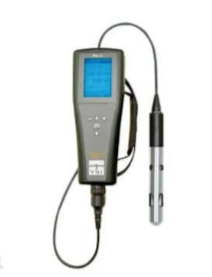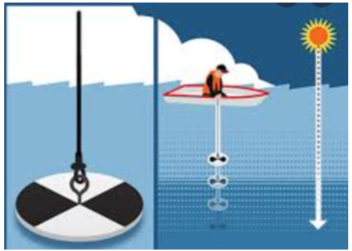Paudash Lake Water Testing
Mike Hale, PLCA Vice President and Lake Steward
APRIL 2022
Paudash Lake Conservation has been testing Paudash Lake in various forms since 1997. The following are the tests that we perform and an interpretation of the results.
Dissolved Oxygen Testing
Dissolved oxygen is the amount of oxygen that is present in the lake. It is essential to the survival of aquatic life and provides an indicator of our lake health. Prior to 2012 we relied on Ministry testing of the lake which was typically every 5-8 years. In 2012, PLCA purchased our own meter which enabled us to perform yearly fall testing.
Although we have test data for all bays (North, Joe, Inlet and Lower), only North and Joe Bay have lake trout classification with the associated data to make the calculation. Normally we test in the early fall, but we have also test data from late fall and the spring. To properly include this data, we have considered all DO2 readings and not just the ones from the Hypolimnion layer. A target of 7mg/L or greater is considered optimum for Lake Trout survival, so we are looking good at this point.
Water Chemistry Testing
Paudash lake is affected by a variety of nutrients that can impact water quality, fish diversity, and algal blooms. In conjunction with the Lake Partner program we monitor and analyzes four parameters: phosphorus, calcium, chloride and water clarity.
Phosphorus: TP concentrations are used to interpret lake nutrient status since phosphorus is the element that controls the growth of algae in most Ontario lakes. Human impacts, such as septic systems, wastewater treatment plants, fertilizers and laundry detergents can affect phosphorus levels in our Lake. Increases in phosphorus may decrease water clarity by stimulating algal growth. In extreme cases, algal blooms will affect the aesthetics of the lake and/or cause taste and odour problems in the water. Provincial Water Quality Object is 10 µg/L TP or lower.
Calcium: Calcium is a nutrient that is required by all living organisms. Some area lakes are showing substantial decreases in calcium concentrations as a result of climate change, forest harvesting, and the residual effects from acid rain. A Provincial Water Quality Object has not been established but readings above 2.0 mg/l are considered acceptable.
Chloride: Chloride is an essential nutrient found in both fresh and salt water. However, elevated levels of chloride can have detrimental effects on lake ecosystems, as most organisms can only tolerate so much in a water body. With the widespread use of road salt across Ontario, studying the levels of chloride in Ontario’s lakes is imperative. Although the Canadian Water Quality Guideline sets the upper limit at 120mg/L, our trend as well as a comparison to nearby lakes (Baptiste 1.91, L’Amable 5.69) necessitates continued monitoring of Chloride levels and trends.
Water Clarity: Water transparency, or water clarity, is measured with a Secchi disk. It is an 8-inch (20 cm) disk with alternating black and white quadrants. It is lowered into the water of the lake until it can no longer be seen by the observer. This depth of disappearance, called the Secchi depth, is a measure of the transparency of the water. In general, higher clarity is associated with cleaner, healthier water. A Provincial Water Quality Object has not been established so repeated testing is especially useful in identifying trends in lake health.
Secchi Disk testing
Summary:
At the present time we see no concerning water quality issues in Paudash Lake. We will continue to monitor and publish testing results. We encourage you to visit the Federation of Ontario Cottagers Association (foca.on.ca) website as there is a wealth of information on interpretation of these results and data on other area Ontario lakes. Note that water Chemistry testing will be performed in May and results will be available in early summer.








